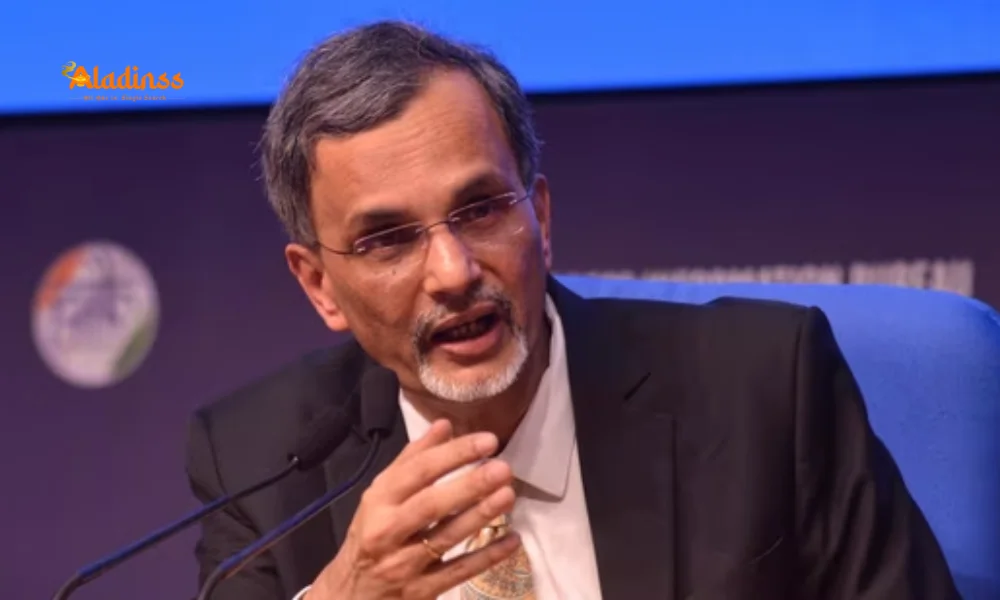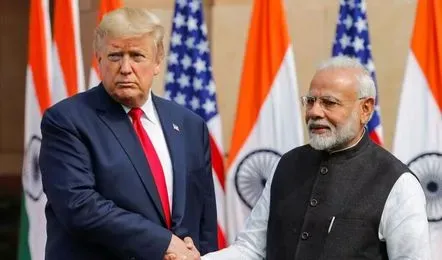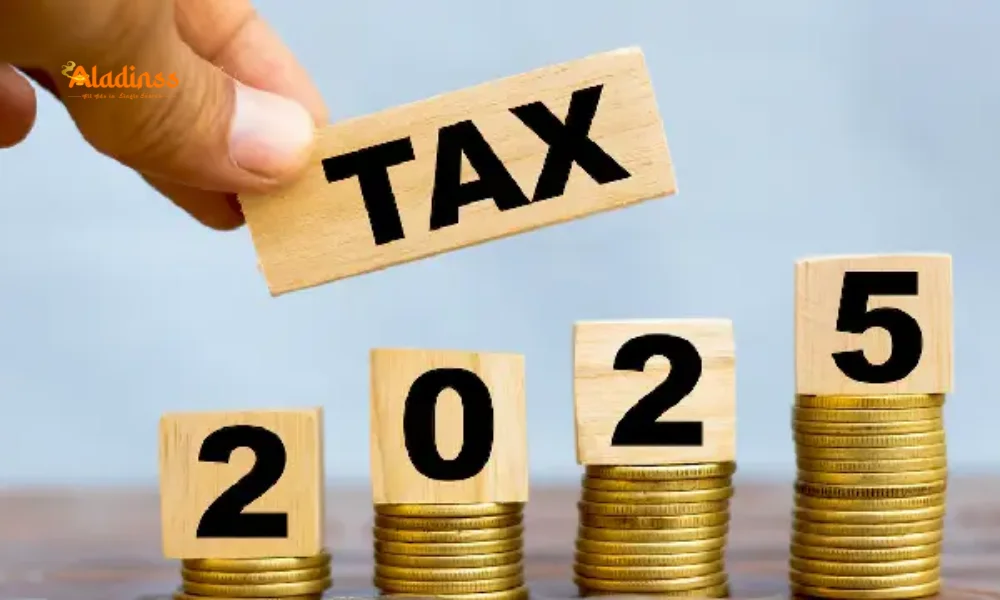US Tariffs on India Set to Drop from 50% to 15% by November 2025, Says Economic Advisor

US Tariffs on India Set to Drop from 50% to 15% by November 2025, Says Economic Advisor

In a significant development for India-US trade relations, Chief Economic Advisor V Anantha Nageswaran has expressed strong confidence that the punitive tariffs imposed by the United States on Indian goods will be substantially reduced by the end of November 2025. The economic advisor stated that the US is likely to remove punitive import duties on Indian goods and reduce its reciprocal tariffs from the current 25% to around 10-15%, marking a potential breakthrough in the ongoing trade tensions between the two nations.
The announcement comes at a crucial time when India-US trade relations have been under severe strain. The Indian government estimates the tariffs will impact $48.2 billion worth of exports, making this potential reduction a significant relief for Indian exporters who have been grappling with the economic impact of the trade war.
Current State of US-India Trade Tariffs
The trade dispute escalated significantly when the US recently imposed tariffs as high as 50% on goods from India – among the highest announced by the Trump administration. These tariffs were implemented in response to India's continued purchase of Russian oil, with the Trump administration viewing this as undermining efforts to isolate Russia economically.
Following the announcement of a national economic emergency on April 2, 2025, the US initiated reciprocal tariffs to address its widening trade deficit. The phased implementation saw an initial 25% tariff imposed on August 1, 2025, followed by an additional 25% penalty tariff that brought the total to 50% on many Indian products.
Also Read: Radical Left Disaster: Trump Designates Antifa As Terrorist Organisation After Charlie Kirk Murder
Economic Impact on Indian Industries
The high tariff rates have had devastating effects across multiple sectors of the Indian economy. The new 50% rate will now apply to a range of goods from gems and jewellery, garments, footwear and furniture to industrial chemicals, creating unprecedented challenges for Indian exporters.
Estimates by New Delhi-based think tank Global Trade Research Initiative suggest labor-intensive sectors such as textiles, gems and jewelry, leather goods, food and automobiles will be hit hardest. The textile industry, in particular, has faced severe disruptions, with US tariffs of 50% on India hitting the textile sector hard with orders stalled and businesses asked to absorb some tariffs.
The Global Trade Research Initiative told The Financial Times that Indian exports to the US could fall from $86.5bn this year to about $50bn in 2026 as a result of today's announcement. This projected decline represents a massive economic blow that could affect millions of jobs across India's export-oriented industries.
Recent Diplomatic Negotiations and Breakthrough
The optimistic outlook from Economic Advisor Nageswaran follows intensive diplomatic negotiations between the two countries. A high-level delegation led by US Deputy Trade Representative for South and Central Asia Brent Lynch held crucial talks with Indian officials in Delhi on Monday, signaling a potential thaw in the trade relationship.
Speaking at a trade association event in Kolkata, Nageswaran explained that while his statement was not an official announcement, it was based on his assessment of the ongoing India-US negotiations. He expressed confidence that the resolution would come within 8 to 10 weeks, specifically targeting the end of November 2025 for the tariff reduction.
The diplomatic breakthrough appears to be linked to broader geopolitical considerations, particularly regarding the Russia-Ukraine conflict. President Trump has indicated that the tariffs were partly implemented to pressure India to reduce its oil purchases from Russia, viewing this as a way to contribute to ending the ongoing war.
Trump-Modi Relationship and Political Context
Despite the trade tensions, the personal relationship between US President Donald Trump and Indian Prime Minister Narendra Modi has remained cordial. Trump has repeatedly emphasized his close ties with Modi, even during the height of the tariff disputes. This personal diplomacy appears to be playing a crucial role in the potential resolution of the trade conflict.
Recent interactions between the two leaders have been notably positive. Trump congratulated Prime Minister Modi on his 75th birthday through both a personal phone call and social media posts, praising Modi's leadership and thanking him for his cooperation in efforts to end the Russia-Ukraine war. During his visit to England, Trump met with British Prime Minister Starmer and reiterated his respect for Modi's leadership while explaining the strategic reasoning behind the tariff implementation.
Trump's statements suggest that the tariffs were implemented as a tool of economic diplomacy rather than purely punitive measures. His comment that "if the price of crude oil decreases, the Russia-Ukraine war will end" indicates a broader strategic framework where trade policy is being used to achieve geopolitical objectives.
Industry Response and Market Expectations
The announcement has been met with cautious optimism by Indian industry leaders and trade associations. Many exporters who have been struggling with the current tariff regime see this as a potential lifeline for their businesses. The reduction from 50% to 10-15% would represent a substantial improvement in competitive positioning for Indian goods in the US market.
However, industry experts are also calling for caution, noting that until official announcements are made, businesses must continue to operate under the current tariff structure. The uncertainty has already caused significant disruption to supply chains and export planning, with many companies having to reassess their US market strategies.
These developments are expected to reshape supply chains, particularly in sectors where India holds strategic relevance, including technology, pharmaceuticals, and manufacturing sectors where India has built significant competitive advantages over the years.
Global Trade Implications and Future Outlook
The potential resolution of the US-India trade dispute comes at a time when global trade relationships are being reconfigured. US House Foreign Affairs Committee Democrats have criticized President Trump's 50% tariffs on India, saying the move would hurt Americans and "sabotage" the US-India relationship, highlighting the domestic political pressure for a resolution.
The current trade data shows an imbalanced relationship that has been a source of concern for US policymakers. Data from the World Trade Organization shows that India imposed a 6.2% average tariff on US imports into the country in 2024, while the US levied 2.4% on Indian goods, creating what Trump has described as a "totally one-sided disaster" in trade relations.
The resolution of this dispute could serve as a model for addressing other trade conflicts and contribute to stabilizing global supply chains that have been disrupted by the trade tensions. Indian businesses are particularly hopeful that the reduced tariffs will allow them to regain market share that has been lost to competitors from other countries during the period of high tariffs.
Strategic Sectors and Long-term Impact
The tariff reduction is expected to have particularly significant implications for several strategic sectors where India has built strong competitive positions. The information technology services sector, which has been relatively insulated from the tariffs, could see increased opportunities for collaboration and expansion in the US market.
Pharmaceutical exports, another key sector for India, could benefit substantially from the tariff reduction. India is a major supplier of generic drugs to the US market, and the current tariff structure has created cost pressures that ultimately affect American consumers. The proposed reduction could help maintain affordable healthcare options while supporting Indian pharmaceutical companies.
The automotive and auto components sector, which has significant cross-border integration between Indian and US companies, could see renewed investment and collaboration opportunities. Many US automotive companies have established supply chains that include Indian manufacturers, and the tariff reduction could strengthen these partnerships.
Looking ahead, the potential resolution of the tariff dispute could pave the way for broader economic cooperation between India and the United States. Both countries have strategic interests in strengthening their economic partnership as they navigate an increasingly complex global trade environment. The successful resolution of this dispute could serve as a foundation for future trade agreements and expanded economic cooperation in emerging technologies, clean energy, and other strategic sectors.
As November approaches, stakeholders in both countries will be closely monitoring the official announcements and implementation details of the proposed tariff reduction. The successful resolution of this trade dispute could mark a significant milestone in India-US economic relations and provide a model for addressing similar challenges in the global trade system.
Comment / Reply From
No comments yet. Be the first to comment!








